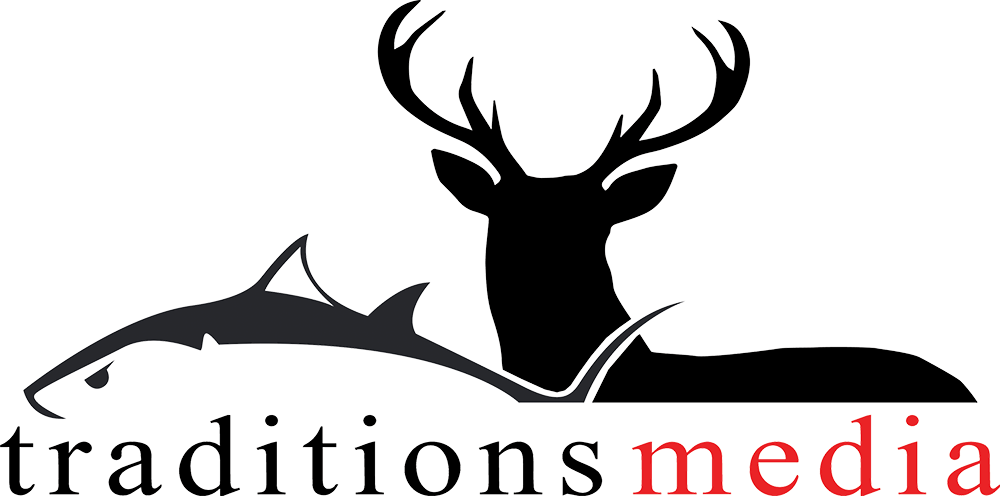New York, NY (June 28, 2017) – Roosterfish are among the regalest of inshore species. Found in the Pacific from Baja California to Peru, roosterfish are pursued by beachgoing anglers watercraft alike, and are favorites of bait, lure, and fly anglers alike. With its name bearing reference to its set of distinctive comb-like dorsal spines, the New York Times once dubbed the roosterfish as a “sexy” inshore target (July 30, 2010): high praise indeed for this exotic, scrappy Perciforme.
Much of the book on roosterfish biology has yet to be written. Many of the fundamental roosterfish questions of interest to anglers have only been addressed by a patchwork of small studies and anecdotal evidence. To bridge the gap between marine science and the angling community, Gray FishTag Research is conducting a roosterfish tagging and tracking program off the coast of Costa Rica; an effort that recently earned support from Seaguar, the inventors of fluorocarbon fishing line.

Gray FishTag’s research program includes capturing roosterfish by angling and attaching electronic TDR-Mk9 tags that record critical data including depth and water temperature after the tagged fish is released. This information is stored within the tag, and can be downloaded once the fish is recaptured. Using the data collected from tagged fish, Gray’s FishTag program will:
- Determine and assess the residency time for roosterfish off Costa Rica
- Examine and illustrate the vertical migration patterns of roosterfish
- Develop a horizontal migration track using advanced computer modeling
- Collect tissue samples for genetic analysis
- Compile applicable fisheries data to be shared with the public, all for free
This second leg of the Gray FishTag Roosterfish project begins in July 2017 off the coast of Costa Rica, and is named for, and dedicated to, the late John DeVries, an icon within the fishing industry who provided leadership to Seaguar as Sales Manager, then Vice President of Sales, and ultimately as Seaguar Brand Ambassador. Prior to joining Seaguar, John was General Manager and President of Mustad USA.

Roosterfish research studies off Costa Rica are already bearing fruit. In early 2015, members of the Gray FishTag Research team successfully deployed the first ever pop-off satellite archival tag on a 35”, 17 lb. roosterfish. This tag recorded data for 16 days, after which time it popped off the fish, floated to the surface, and beamed its treasure trove of scientific data to an orbiting satellite. During this time, the roosterfish swam over 37 miles from its initial capture location, rapidly changed depths from the surface to 93 feet deep, and cycled horizontally between the inshore and offshore locations. These movements and migrations are consistent with a predator fish actively pursuing prey.
Detailed insights on roosterfish biology are only available from high-quality research studies, like those being conducted by Gray FishTag Research with support from Seaguar. Ongoing work, dedicated to the memory of Seaguar’s John DeVries, will mean more roosterfish, more data, and more insights that will benefit more anglers for many more years to come. Anglers can learn about the Gray FishTag Research programs on roosterfish, and many other saltwater species, by visiting http://grayfishtagresearch.org/.

